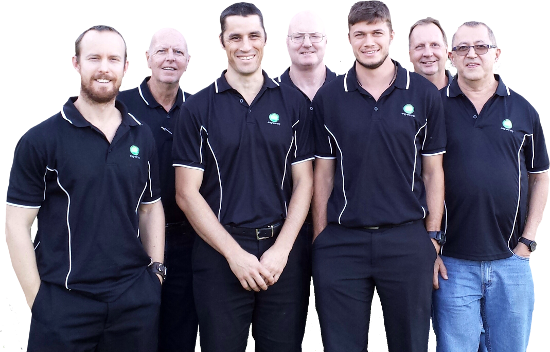
FAST Engineering partnered with Titan ICT (Titan) to deploy a team of highly experienced SCADA personnel for the communications design, modem configuration, SCADA design and SCADA testing support for intelligent devices in Ergon Energy's distribution network. The distribution devices were to include Automatic Circuit Reclosers, Remote Sectionalisers, Remote Load Break Switches and Line Fault Indicators.
IEC 61850 is a standard for the design of electrical substation automation and is a part of the International Electrotechnical Commissions (IEC) Technical Committee 57 (TC57) architecture for electric power systems.The IEC 61850 standard is an innovative approach to substation automation that will result in improvements in both performance and costs in protection systems and data acquisition.The standard defines the communications interfaces, provides object models for common substation plant and functions and standards within a substation.
Top down and Bottom up Engineering are two different design methodologies used for design of complex engineering systems. You probably use one, both or a combination of these methods on a daily basis without consciously thinking about it. Both design methods have their individual advantages and disadvantages when applied to Systems Engineering.Understanding the differences can help select the most cost effective approach or, if the approach has already been selected for you, help you identify what issues you are likely to expect.
In short bottom up engineering is probably simpler and initially more flexible to change. It allows a faster initial learning curve on the basics and can be great whilst getting some base level knowledge. Top down engineering is more reusable and repeatable with lower whole of life costs. It has greater initial complexity but enables faster design iterations with less ongoing engineering requirements. Perhaps it's a kick back to our university days ("Bottoms Up!") or perhaps because engineers like solving problems more than planning on solving problems, that the Bottom Up approach is our usual first tactic. However bottom up engineering becomes more difficult and costly to change the further into a design you go.
Like all good dance floors, the selection process should start with some "Man in the Mirror" moments. One of the first parts of the process is identifying "Where are we now?" in terms of your engineering life cycle and business knowledge base. For example IEC 61850 is great for repeatable and reusable engineering. If I have an ageing asset and one legacy relay has failed, going through the process of System Requirements Specification to upgrade it to a 61850 based design is probably not viable. Alternatively if you are replacing a switchyard a Top Down design that reduces ongoing engineering and costs over whole of life for the asset is ideal. If your business doesn't have the knowledge base or experience in Top Down Engineering, Fast specialises in this aspect of design and can help specify your required system.



